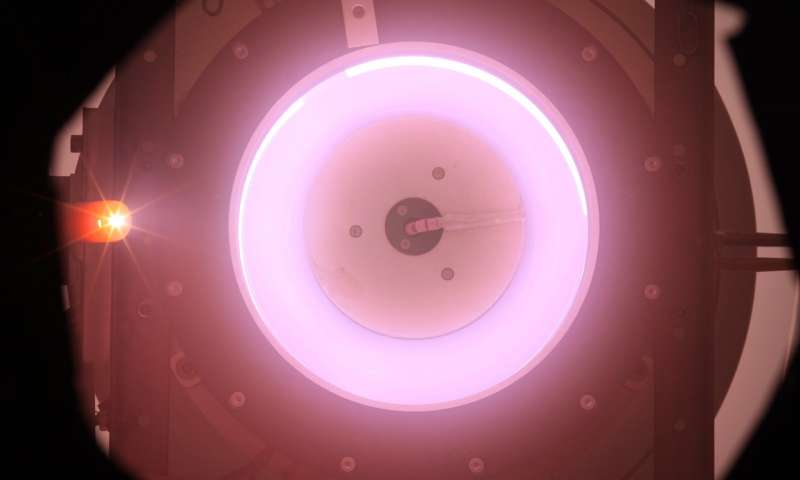Satellites in low orbit are exposed to different conditions that can make their lifespan lower. However, a team led by the European Space Agency could change that with the world’s first air-breathing thruster, which works by ingesting scarce air molecules from the top of the atmosphere, which can enable satellites located in low orbit to remain in use for years on end.
The ESA used its GOCE gravity-mapper, which flew 250 km in the upper atmosphere for more than five years. It used an electric thruster which helped it last longer by compensating for its air drag. Nevertheless, its lifespan was limited by the 40 kg of xenon that it carried, and once it ran out of juice, the ESA ended the mission.
The agency’s researchers came up with an idea to replace the electric propellant with atmospheric molecules. Their idea could lead to engineering a new class of satellites capable of traveling in very low orbit for a long time. According to the researchers, the electric thrusters could also be used in the upper atmosphere and even other planets.
“This project began with a novel design to scoop up air molecules as propellant from the top of Earth’s atmosphere at around 200 km altitude with a typical speed of 7.8 km/s,”ESA’s Louis Walpot, explained in a statement.
The ESA developed an air-breathing thruster to test the concept by SITAEL in Italy. The test was performed in a vacuum chamber, and it consisted of a 200km altitude environment simulation. They used a “particle flow generator” which provided high-speed molecules.
Designing an air-breathing thruster was quite difficult, as they needed to design one that would collect air molecules by the intake and compress them instead of bouncing them away. Polish firm QuinteScience was behind the idea of collecting molecules. The molecules were given electric charges that then get accelerated and ejected, which is how the thrust is created. To ensure more efficient charging and acceleration of the air particles, SITAEL engineered a dual-stage thruster.
“The team ran computer simulations on particle behavior to model all the different intake options,” Louis said, “But it all came down to this practical test to know if the combined intake and thruster would work together or not.”
Louis also added that they attached an electric thruster which collects the resulting density and compresses air molecules to the point where the thruster ignition occurs and then measures the thrust.
“At first we checked our thruster could be ignited repeatedly with xenon gathered from the particle beam generator.” Louis explained. “When the xenon-based blue colour of the engine plume changed to purple, we knew we’d succeeded. This result means air-breathing electric propulsion is no longer simply a theory but a tangible, working concept, ready to be developed, to serve one day as the basis of a new class of missions.”





